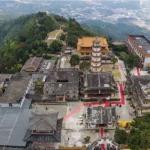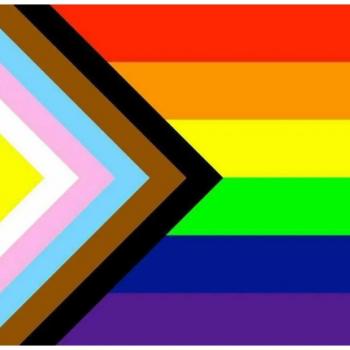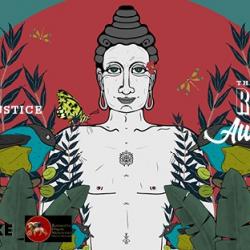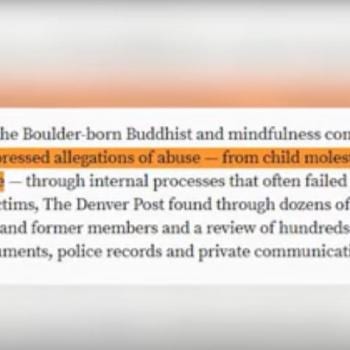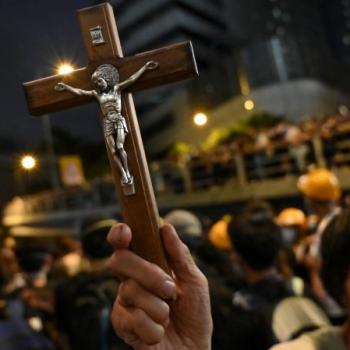Below is a mini-interview with Katie Loncke of the Buddhist Peace Fellowship who I had the honor of interviewing for BuddhistDoor Global. Have a look at the full interview, Tough Choices, Deep Joys: Engaged Buddhism with Katie Loncke of the Buddhist Peace Fellowship.
JW: The BPF has been around since 1978 (Happy 40th anniversary of BPF, btw!). Do you feel like it is recognized and respected as a 40 year old institution in American Buddhism? How do you see BPF fitting in to the greater North American Buddhist sangha?
Katie Loncke: Thank you! Yes, BPF has such a rich history, it should be an entire book unto itself.
Because of our evolution, different people know different sides to BPF. When we were invited to present at the first Buddhist delegation to the White House, under Obama, I imagine the invitation stemmed at least in part from our longevity as an organization. When we’re invited to the Allied Media Conference, though, with a younger generation of folks, people might assume we’re new, because we resonate well with younger crowds, too.
Have you read Teen Vogue lately? Teen Vogue has spectacularly reinvented itself to connect with a new generation of politicized young readers. It’s pretty phenomenal. I think in the past five or six years, BPF has had our own version of that shift in the Buddhist world. We were founded by the Baby Boomer generation, with strong anti-war and anti-nuclear roots, and historically we’ve been mostly been white Buddhist activists. Not entirely white, by any means: we would not be who we are today without people of color like co-founder Ryo Imamura, Mayumi Oda, Anchalee Kurutach, Mushim Ikeda, Zenju Earthlyn Manuel, the profound influence of Ajahn Sulak Sivaraksa, and many more luminaries. But while people of color have long been a part of BPF, as we continue expanding an intersectional framework for liberation, it naturally expands who we attract and who we center. It’s exciting to see who shows up. Our Block Build Be retreats are over 85% people of color; mostly women, trans, and gender-non-conforming folks; largely under 40, with a range from babies to elders; more and more folks living with chronic illness and disabilities; formerly incarcerated folks; people at the intersections of many “isms.” We seek diversity not for show, but for strength. Not for the sake of meeting quotas or looking good in a brochure, but in order to actually attend to questions of suffering, harm, and liberation: right here, right now, with these bodies, these hearts, these minds.
We are also enormously lucky to have very deep roots as an organization. People who’ve known BPF for decades might think about its original inspiration, Ven. Thich Nhat Hanh, who coined the term “engaged Buddhism” coming from his lived experience in war and exile from Vietnam. He asked Buddhists (and all people of faith) to live out our values and beliefs by turning toward the suffering of war, trauma, and oppression, rather than tuning it out. He’s a living legend, and it’s an honor to be part of an engaged institution that draws inspiration from him.
Longtime BPFers will also likely remember one of BPF’s founders, Robert Aitken Roshi, with his fiery spirit and bold compassion. Or Susan Moon, who stewarded BPF’s award-winning journal for engaged Buddhism, Turning Wheel Media. Or Maylie Scott, who led zazen meditations sitting on train tracks to block shipments of weapons to Central America in the 80’s.
Like I said, we need an entire book, and I feel badly for leaving anyone out. Suffice it to say: we come from a long, gorgeous organizational lineage of spiritually powerful beings. And I hope we can keep bringing more spiritual power into social movements for the next 40 years.
Katie Loncke is the co-director of the Buddhist Peace Fellowship along with Dawn Haney. For more about the Buddhist Peace Fellowship, see their website here.


